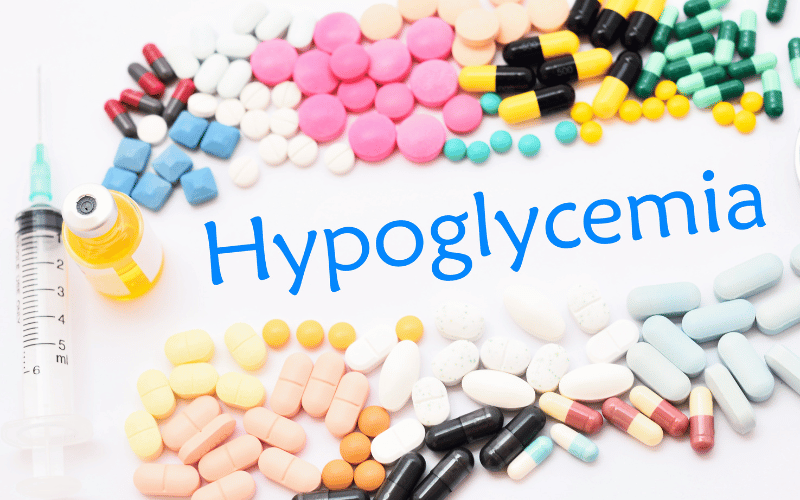Fact 3: Hypoglycemia and Hyperglycemia in T1D

In the landscape of Type 1 Diabetes, blood sugar levels can sometimes swing to extremes, resulting in hypoglycemia (low blood sugar) or hyperglycemia (high blood sugar). Both conditions require immediate attention and careful management to prevent serious complications.
Hypoglycemia occurs when blood sugar levels drop too low, a situation that can arise due to various factors such as excessive insulin administration, inadequate food intake, or intense physical activity. Symptoms can include shakiness, confusion, rapid heartbeat, and in severe cases, unconsciousness.
On the flip side, hyperglycemia happens when blood sugar levels soar too high. This can be triggered by insufficient insulin in the body, illness, or stress. The signs of hyperglycemia are often more subtle but can escalate to serious health issues if not addressed promptly.
Effective management of both hypoglycemia and hyperglycemia is crucial for individuals with Type 1 Diabetes. This involves regular blood sugar monitoring, understanding the signs and symptoms of both conditions, and knowing how to respond appropriately.
Balancing blood sugar levels in Type 1 Diabetes is a continuous challenge, but with the right knowledge and strategies in place, individuals can navigate these extremes and maintain a sense of control and stability. (3)